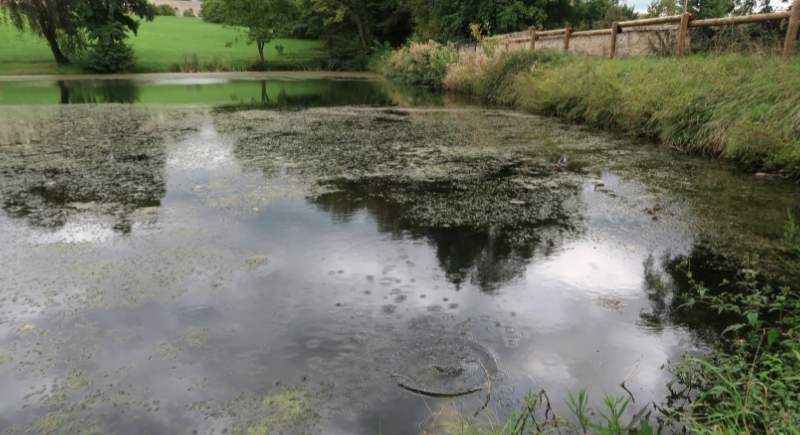The Real-Life ‘Zombie’ Parasite That Forces Its Host to Drown Itself
Parasites rarely settle for a simple relationship with their hosts. In fact, some of the most fascinating creatures in this category actively change how their victims behave. Among them are horsehair worms. They are long and threadlike parasites that orchestrate a dramatic end for crickets and praying mantises.
Inside that setting, the creatures find what they need to procreate, while the unfortunate insect becomes the stage for their next generation.
The Life Cycle of Horsehair Worms

Image via Getty Images/Undefined
Horsehair worms begin their lives in ponds, rivers, or other bodies of water. Eggs are laid in tangled strings, eventually hatching into larvae. These larvae must reach land-dwelling insects, but they cannot get there directly. For this reason, they use aquatic insects as temporary carriers.
Consequently, larvae penetrate the tissues of species such as mayfly nymphs. When the nymph matures and flies to land, it often becomes prey for a cricket or mantis. Inside this new host, the worm settles in and grows. The parasite absorbs nutrients from the host over time without immediately taking its life, allowing the insect to remain mobile until the worm is ready to return to water.
After several weeks, the worm has grown to a size that can match or even exceed the length of the target. Once the parasite has developed fully, it is ready for its remarkable method of leaving the body.
How the Worm Manipulates Its Host
Infected crickets display behavior that looks unnatural. Normally, these insects avoid streams or ponds because they cannot swim well. But as soon as they are under the worm’s influence, they lose this avoidance instinct. Researchers observed crickets walking steadily toward water and eventually plunging in.
This behavior likely results from chemical interference with the insect’s nervous and muscular systems. Experts have found no evidence that the parasite invades the brain, which suggests that control is exerted indirectly through neuroactive compounds.
After the cricket enters the water, the worm pushes outward through the body wall. A single cricket can release one worm or several, which depends on how many larvae originally took hold. The released worms stretch out like threads and twist and knot together in the water. In this environment, they can finally reproduce, thereby ensuring another generation of larvae.
Many infected crickets drown once the parasite emerges, but in laboratory settings, some have survived if they weren’t fully submerged during the worm’s exit. Even so, this striking strategy keeps the parasite connected to water even after spending much of its growth inside land-based insects.
Evidence of Genetic Borrowing
Research on horsehair worms, or Chordodes fukuii, infecting praying mantises has uncovered a surprising twist. Scientists detected gene sequences in the parasite’s tissues that resemble those of its mantid host, which raised the possibility of genetic transfer between species, but genome-level confirmation is still pending.
These DNA sequences appear active during the period when the worm exerts behavioral control. The findings suggest a possible case of horizontal gene transfer, a process where genes are shared between unrelated species. However, professionals have not yet confirmed whether these host-like genes are embedded in the parasite’s genome or are environmental contamination.
If validated through full genome sequencing, this would represent a rare and unusually large case of gene transfer between animals. Until then, scientists remain cautious about interpreting the scale of the transfer.
Researchers hypothesize that the parasite may express proteins using host-like genes that influence the mantid’s behavior, but the exact biological mechanism—whether neurological or muscular—remains under study. Infected mantids demonstrate unusual attraction to light, which may resemble the reflective surface of water.
This shift in orientation appears to guide them closer to environments where the parasite can reproduce. The discovery highlights how deeply various organisms can integrate with their targets, not only physically but at the genetic and biochemical levels as well.